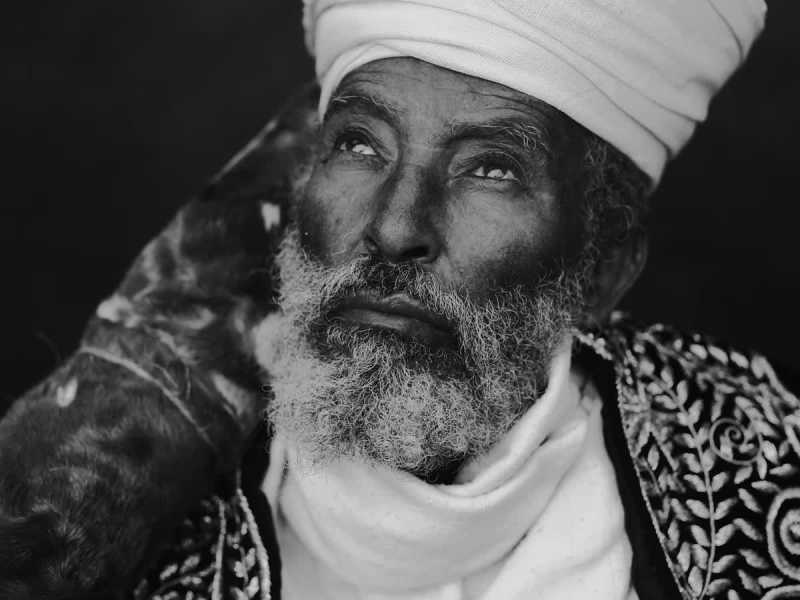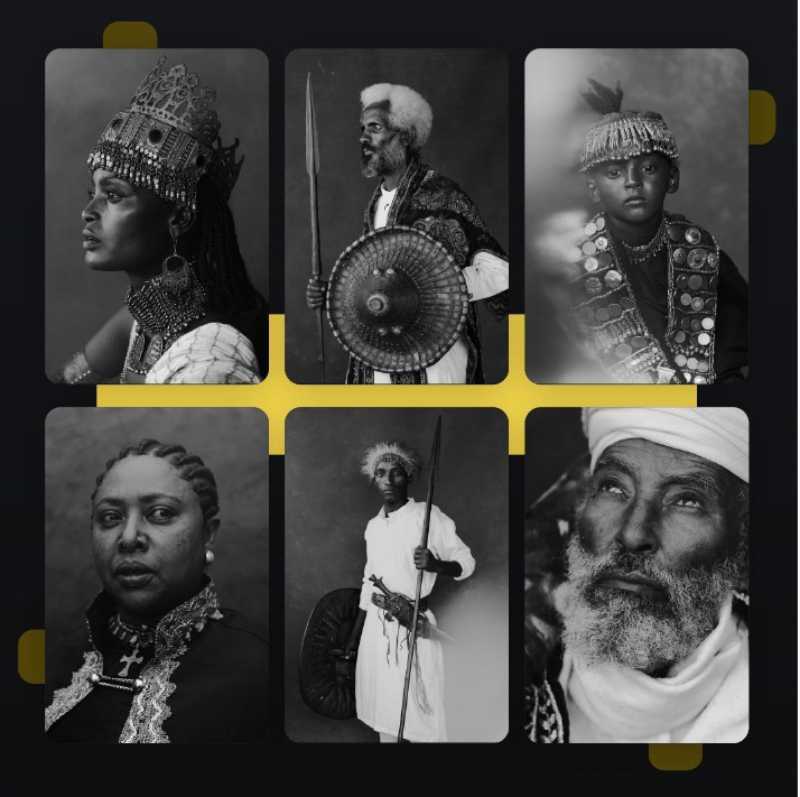NFTs As A Business In Ethiopia

NFTs are widely unknown in Ethiopia, and those having some knowledge may be misinformed.
The Merge by PAK is the most expensive NFT sold for a whopping 91.8 million dollars. A picture of the first tweet of the former Twitter CEO Jack Dorsey has sold for 2.9 million dollars. This sounds bizarre; all this money is for an essential piece of a digital image. You might even say, this is a total waste of time, and how would this benefit us here in Ethiopia? My answer would be ‘it depends’. I know it sounds like I am hedging but trust me, I do have a legitimate reason for my opinions. Allow me to shine a light on the wild world of NFTs.
NFT stands for Non-fungible token. Fungible means it is replaceable or interchangeable. For example, if person A has a hundred birr note, they can exchange that with two fifty birr notes meaning that a hundred birr note is fungible. So, the meaning of NFT from its name is a non-interchangeable unique token. This is not strictly true, however. I would like you to see fungibility as a scale ranging from very fungible to almost can’t be fungible.
As cash would be near the very fungible side of the scale, NFTs would be near the opposite end. They use blockchain technology to show the owner of digital artwork. Even if someone copies the artwork, the original and its owner can be identified. The essential thing to remember is that NFTs can be linked to a specific digital item. NFTs can be tied to everything from digital art to games, music, and even movies, making them obscure.
The crazy market of NFTs
The NFT market sounds absurd. But hearing the benefits of NFTs, it might seem a little less so. These digital tokens are great ways to give credit to artists and act as a new source of income. It helps a fanbase help their favorite artist directly instead of donations via the routes like Paypal. It also gives people a sense of ownership because it is something unique.
But NFT brings its fair share of problems too. SInce NFTs are digital tokens, anyone can essentially copy them and use them for their own purpose. There is no system to prevent that. This will bring the question, what is the point? Well, that is a pretty good question. The value of an NFT will differ for the artist and the buyer. A reminder for this is paper money. Essentially, it doesn't hold any inherent value. But, everyone believes it has value, so it keeps the world spinning. NFTs basically operate on this kind of perceived value.
NFTs in Ethiopia's problems
NFTs are widely unknown in Ethiopia, and those having some knowledge may be misinformed. The biggest hurdle in adopting this new technology is the lack of a readily available and easily accessible payment system. Buying an NFT can be very difficult. In Ethiopia, internet-based payment systems are not widespread. The use of cryptocurrency wallets is a rarity, and now, even being illegal. These difficulties can and will hinder the use of NFTs.
NFTs began as a method to appreciate artists. However, most of them are now produced by unscrupulous people who see them as an easy way to make money. Among the most insane ideas is the notion of purchasing digital land. Ann actual site called 'next earth' has plotted out the entire world and will allow visitors to buy any portion of land they want for the right money. People have flocked to this website with the simple logic that physical land is worth so much now, and if the world continues its evolution towards digital, then digital land will be valuable. They are overlooking the fact that tangible land serves a use like actually living on it, while digital land is pretty much useless.

NFTs in Ethiopia's opportunities
I may have sounded all doom and gloom, but there is still a massive opportunity to capitalize on the market of NFTs. The upcoming generation is far more open to innovative ideas and new practices. So, I believe, through time, their use will grow. NFTs can present countless opportunities for artists in Ethiopia. It will give them the platform to show their arts to a larger audience while generating income. The growing demand for graphic designers in the market will also provide artists a chance to showcase their skills using NFTs.
Yatreda is a family of artists resurrecting Ethiopia's century-long legends through imagery. The collective's name is a combination of two Amharic words: fence and debt. Growing up, it was the nickname of the group's leader Kiya Tadele. The other members include Roman Tadele, a doctor with a passion for painting and writing, Suzy Tadele, a future fashion designer who sews historical costumes by hand, and Tigist and Abiy, craftspeople who now build photo equipment and reflectors. The only non-family member in the group is photographer Joey Lawrence.
Their art incorporates cutting-edge innovations such as blockchain and NFTs, blending old and modern to convey Ethiopia's history. These narratives are not yet complete. They exist in the past, but they still connect to the current generation; art is about regaining our one's true self. They can create unlimited cultural ideals, create unique artistic moments, and share their work with the rest of the globe using NFTs. The collective achieved just that in 2021 when they released "Kingdoms of Ethiopia," their first-ever NFT effort. The portraits depicted Ethiopian monarchs, kingdoms, and soldiers from the past.
Conclusion
NFTs are brilliant technologies with so much potential. Their current use has created a negative outlook among most people. The young generation in Ethiopia is adopting new technologies into their lives, and NFTs will be no different. Some will take advantage of their benefits in an unethical manner. But, I firmly believe they will give Ethiopian digital artists new ways of expanding their work.
